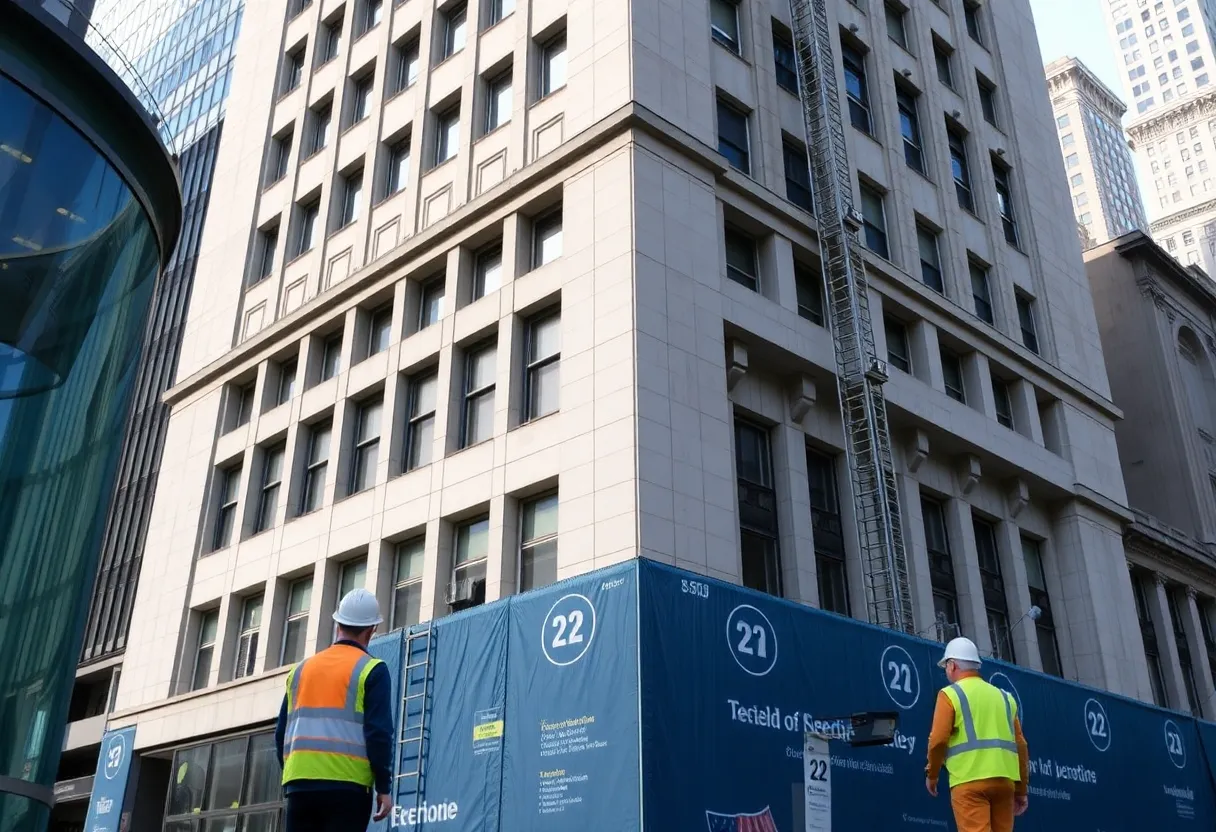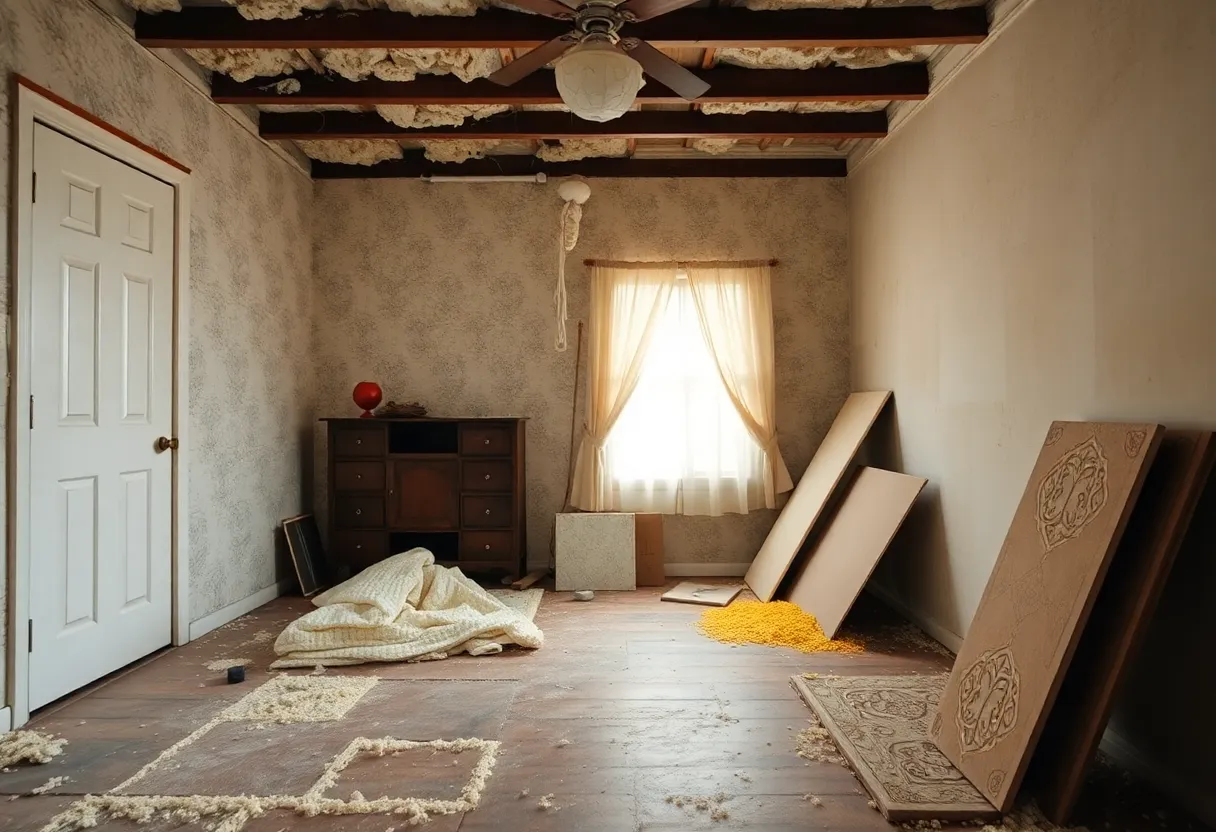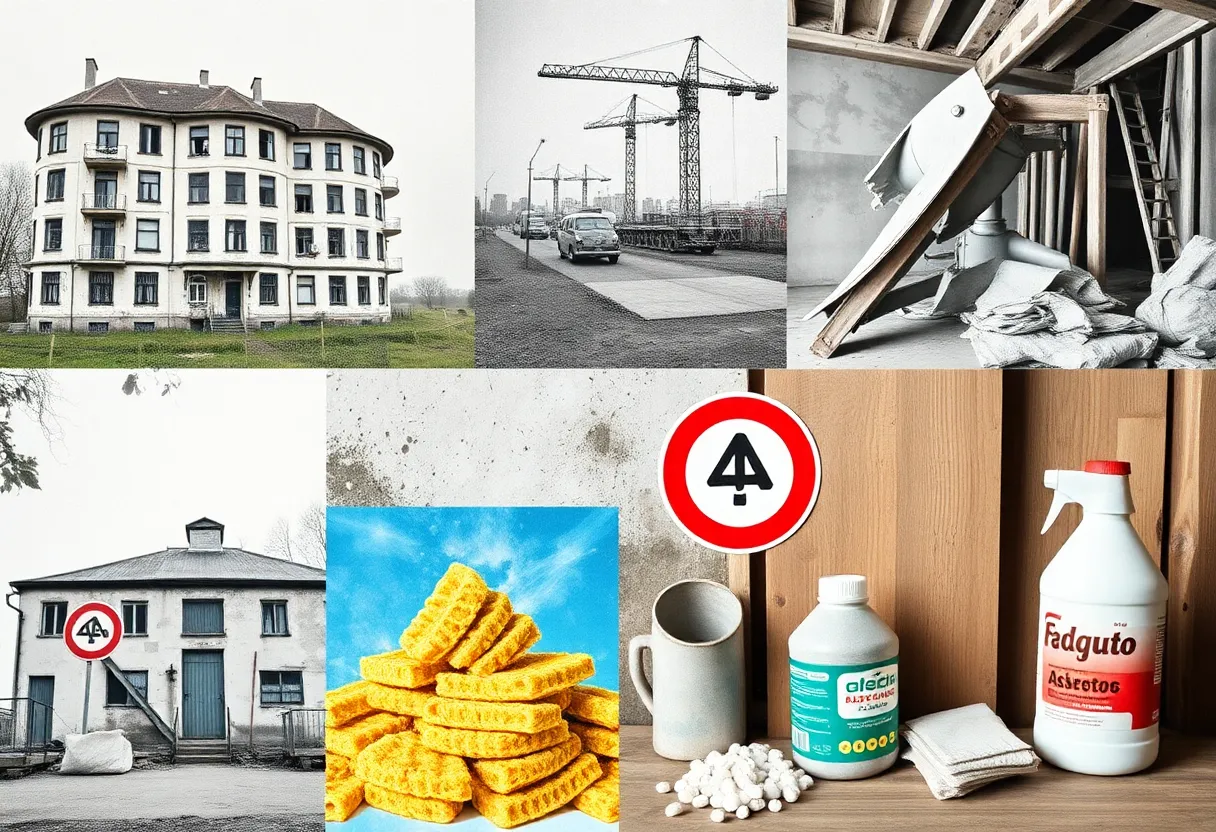News Summary
The Reserve Bank of Australia’s Martin Place headquarters is embarking on a $1 billion remediation project to address severe asbestos issues uncovered.
Reserve Bank’s Martin Place Headquarters Set for Major Asbestos Remediation
The iconic Martin Place headquarters of the Reserve Bank of Australia (RBA) is at the center of a significant remediation project, following the alarming discovery of extensive asbestos issues. The proposed renovation marks a decisive step towards addressing over half a century of accumulated environmental risk, with initial projections indicating the full scope of repairs could surge to an eye-watering $1 billion.
A Troubling Discovery Unveiled
The 22-storey building, which has been standing since the RBA moved in during 1965, has faced increasing scrutiny over its safety in recent years. Preliminary design plans made in 2021 indicated refurbishment was needed, but scoping works conducted between 2022 and 2023 uncovered ‘significant’ quantities of both bonded and friable asbestos within the structure at 65 Martin Place.
Initially highlighted in the early 1990s during renovations replacing the facade, the full extent of the asbestos problem remained obscured until recent surveys laid bare the reality. The current situation compelled the RBA to vacate the premises, marking a substantial shift in their operational strategy, and leading to the current development application for remediation.
A Two-Step Approach to Remediation
The RBA has outlined a coordinated two-step strategy for addressing the asbestos troubles, having engaged in discussions with City of Sydney planning officers in 2023. The initial development application filed aims to kickstart the immediate remediation efforts, while a second application will subsequently focus on more extensive facade and structural upgrades that are vital for the building’s integrity.
Financial Implications of the Project
The remediation process is expected to be costly but evaluative reports suggest that proceeding with repairs will be more financially viable than considering a sale. The RBA has calculated that, over a 30-year horizon, investing in the building’s restoration is the most prudent course of action, despite initial estimates climbing dramatically from $260 million to more than $1.1 billion.
The cost of the first stage is pegged at an estimated $76.5 million, which, while significantly less than the total estimate, still represents a substantial financial commitment. The RBA’s decision comes amid rising renovation costs implicated by the severity of the documented asbestos presence, noted to be between four to five times greater than what would be typical for a structure of this age.
Impact on Operations and Future Outlook
The necessity of remedial works has seen RBA staff relocated to temporary facilities, incurring an annual rental expenditure of $100 million. Such an expense highlights the urgency for swift action as the RBA anticipates completion of the remediation by 2029.
Despite the challenges, the renovation serves as part of broader rejuvenation efforts affecting prominent buildings across Australian capitals. While the RBA acknowledges that removal of original heritage elements—particularly in the facade and the historic garden along Macquarie Street—will incur some adverse impacts, these changes are deemed necessary to facilitate safe construction access.
A Heritage Icon in Need of Renewal
With its roots as a late 20th century structure designed in an international style that deviates from traditional bank architecture, the Martin Place building is classified as a heritage item of “historic and aesthetic significance.” Its renovation is crucial not just for safety but also for the ongoing preservation of its cultural value.
As asbestos has been banned in Australia since 2003, this scenario stands as a powerful reminder of the ongoing legacy of such materials, posing health risks long after their use. The comprehensive response from the RBA illustrates an increasing commitment to mitigating risks associated with historical buildings, ensuring both public safety and the preservation of significant architectural landmarks in the process.
Deeper Dive: News & Info About This Topic
HERE Resources
Legal Battles in the Spotlight: The Case of Moroadi Cholota
New Stadium Plans Spark Asbestos Concerns in Berlin
Asbestos on the Battlefield: Russian Forces Reinforce Vehicles Amidst Intense Fighting in Chasiv Yar
Health Crisis for USS James E. Kyes Veterans Due to Asbestos
USS New (DD-818): A Legacy of Valor and Asbestos Dangers
City Council Approves Asbestos Abatement for Historic Centennial Hall
Unlocking the Mystery of Malignant Pleural Mesothelioma Linked to Asbestos Exposure
Intense Battles Rage in Chasiv Yar: The Strategic Fight for Donetsk Oblast
Western MacArthur’s Asbestos Legacy: A Hidden Crisis Unveiled
Recent Legal Victory for Mesothelioma Victim Against Asbestos Company
Additional Resources
- Financial Review: RBA Considers Selling HQ as Renovation Blows Out to $1.1B
- Wikipedia: Asbestos
- Financial Review: RBA’s Martin Place Refurb Bill Blows Out to $850M
- Google Search: Reserve Bank of Australia
- Financial Review: RBA’s Office Renovation Blows Out to Almost $500M
- Google Scholar: Asbestos Remediation
- Encyclopedia Britannica: Renovation
- Google News: Reserve Bank of Australia Renovation



















